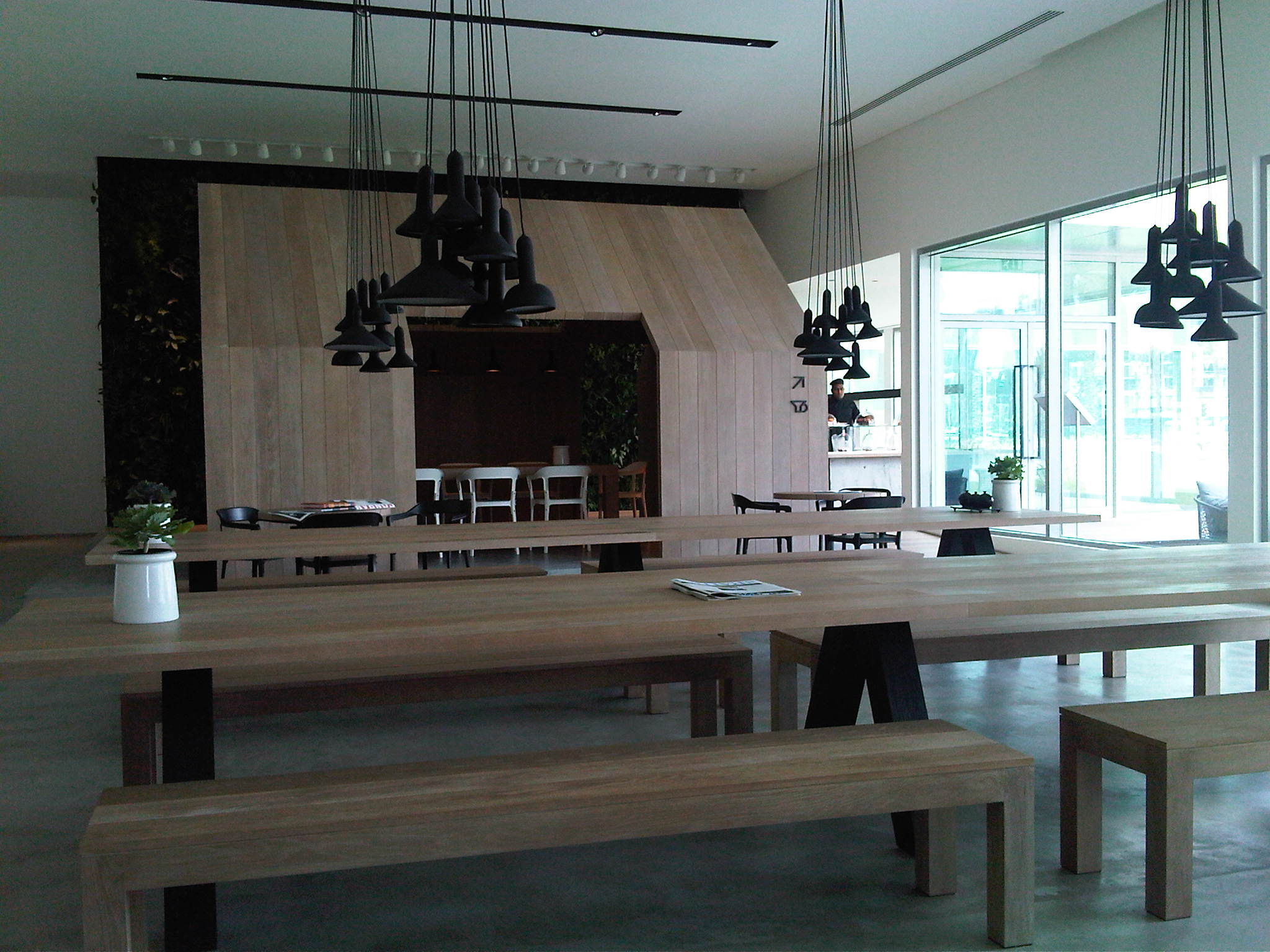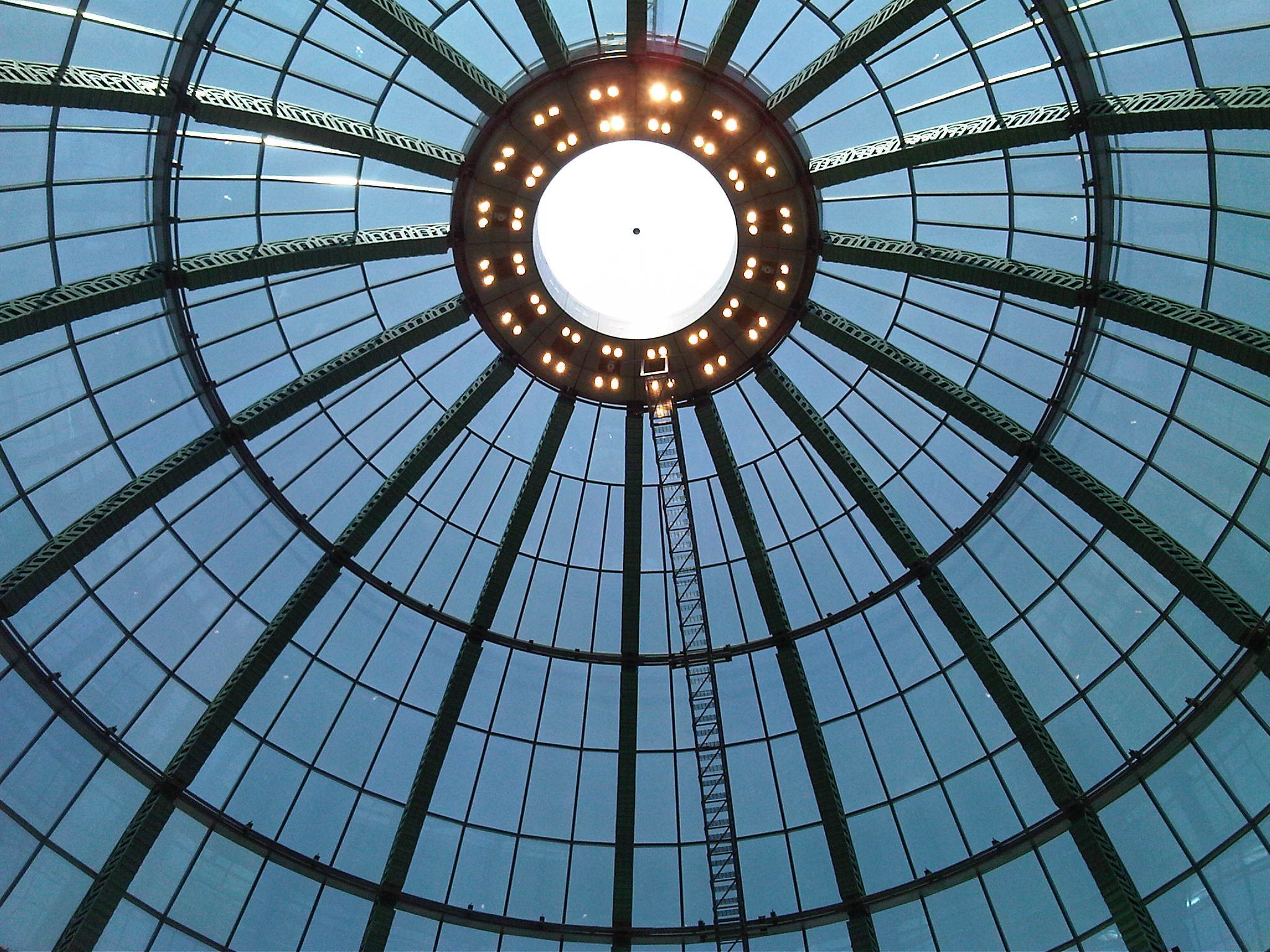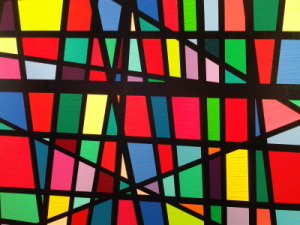Meeting in the gap
 Monday, June 13, 2011 at 3:51PM
Monday, June 13, 2011 at 3:51PM Yesterday, in South Africa, making my way to my boarding gate for my flight back to Dubai, I passed a little shop selling Ndebele art.
Today, 24hrs later, I had lunch in an Iranian restaurant.
These photos were taken within one day of each other and between them was a gap - the gap of place, the gap of time, the gap of culture.
Yet now you see them both, brought together by my sharing them with you in this here2here space where we meet.
This space is in itself a gap between us and yet it is a gap not void of content. On the contrary, it is the space of untapped potential, the space of creativity, the meeting place of various personalities, cultures and worldviews, made possible by technology.
It is a reminder of the many gaps we encounter on a daily basis.
The beauty of communication can only be appreciated by acknowledging pauses between words, whether they be spoken or written. Music is filled with pauses between notes, gaps between movements.
There is the transition point between ending one task and beginning another, the time of waiting for a new phase in one’s life to begin, or even the time spent waiting for the lights to change while on the road.
These gaps are not wasted spaces or wasted time. They are filled with potential when we become mindfully aware of them.
There is always a moment between an experience and our response to it. The simple act of pausing and finding this gap is proving to have many benefits on many levels of being.
As we begin to find these gaps, inner rhythms can be acknowledged, and when necessary, alignments made with the universal rhythms present all around us. These universal rhythms have always been there, but it is as if we are only now, not only as individuals but also as a collective, beginning to hear them.
One place these universal rhythms are to be found is in the gaps between cultures. These gaps were once thought of in a negative way, as if they were points of separation and divide. On closer inspection they are a meeting place to discover similarity, interconnectedness, unity and creativity.
Meet you in the gap!


